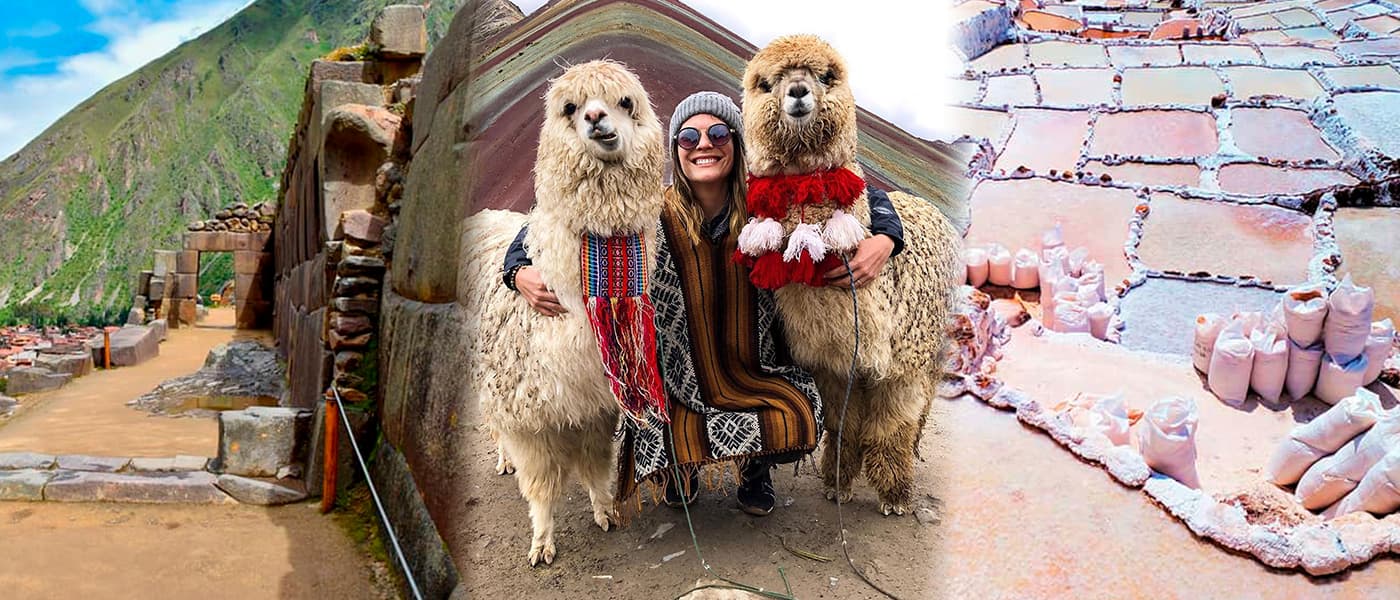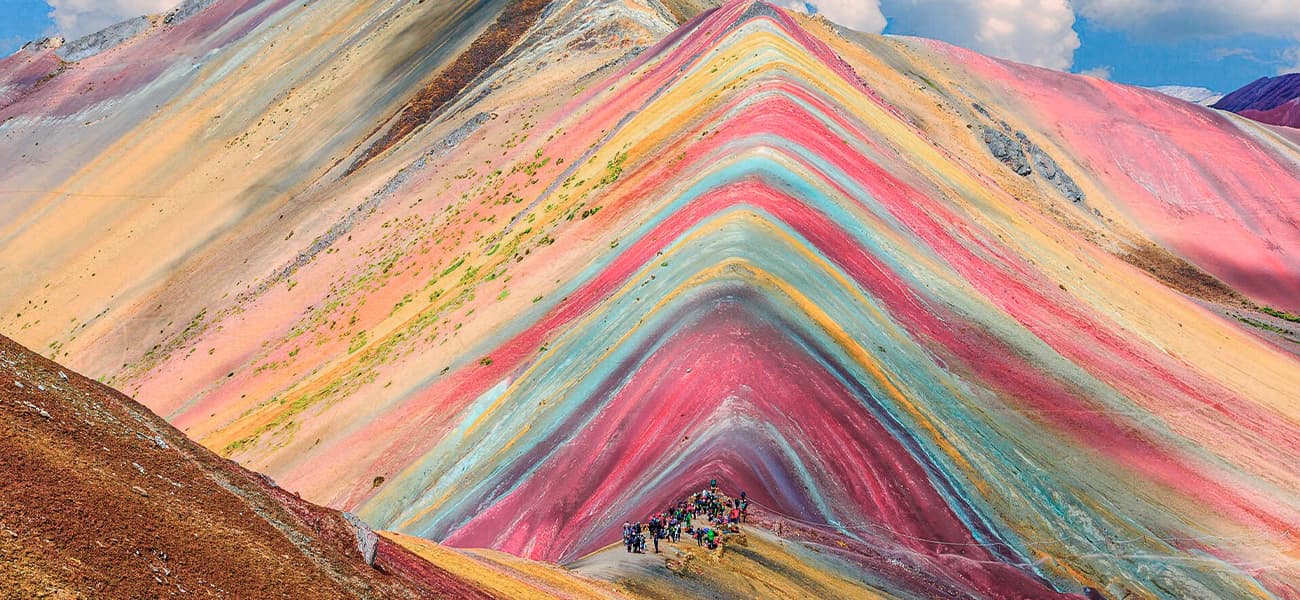The Sun Gate
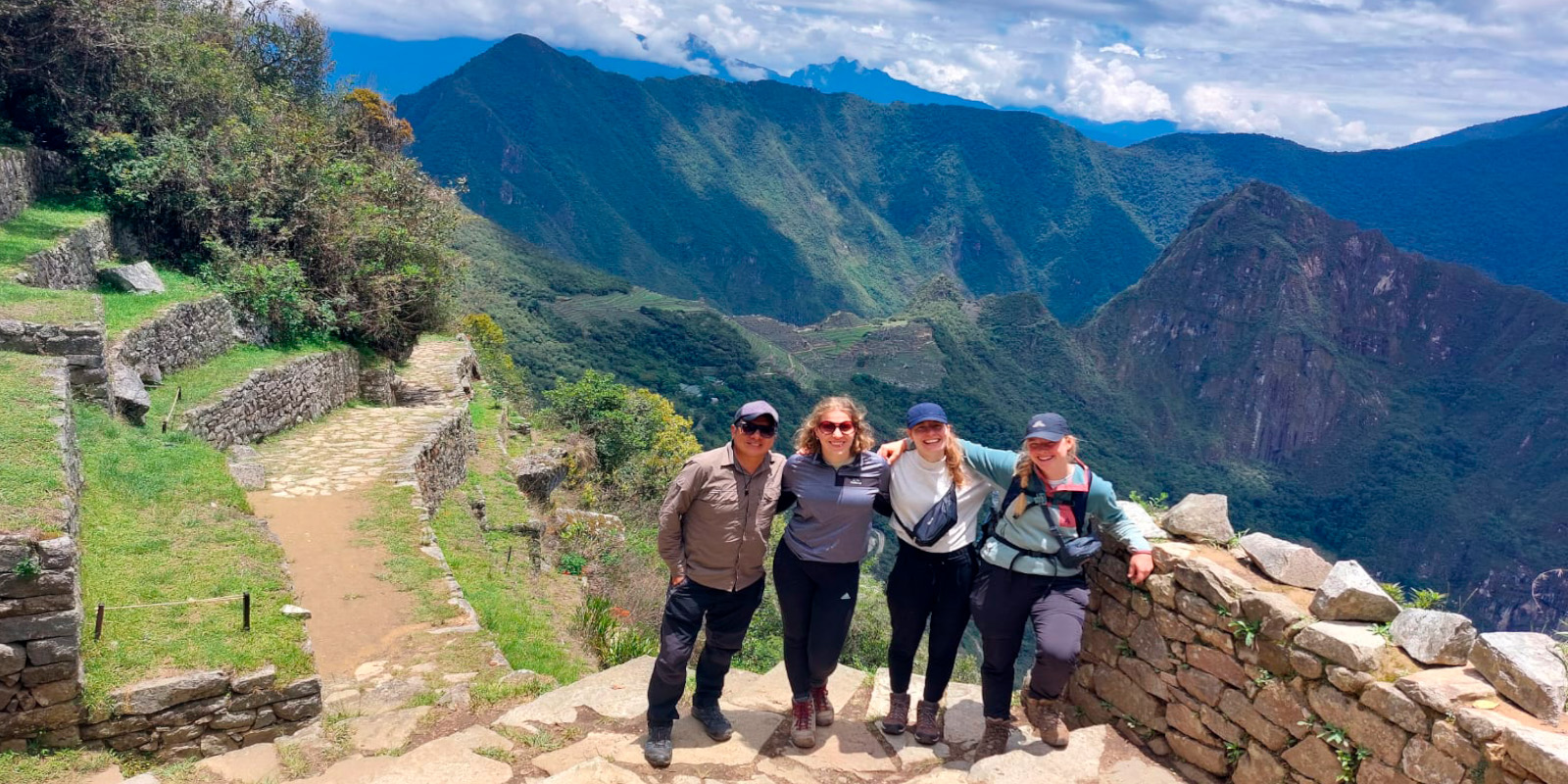
Have you seen those wonderful photos of Machu Picchu from above? These photos were most likely taken from the Sun Gate. When you arrive at the Sun Gate after your trekking adventure, sit and marvel at the view and take the time to process the scale of Machu Picchu. Not only will you see Machu Picchu, also see the Vilcanota river, the Huayna Picchu mountain, Aguas Calientes town and the spectacular Andes Mountain ranges from the Sun Gate.
In Inca times the Sun Gate was one of the main entrances to the citadel. It was also considered at that time as a strategic point to protect the magical Inca citadel. Imagine the spectacle as the Inca Royalty arrived to visit Machu Picchu. Making the Sun Gate an impressive and important part of Machu Picchu. Non royalty used one of the many other entrances to the city.
What is the Sun Gate?
The Sun Gate to Machu Picchu was a marker or a gate for the Inca that were looking to arrive at the sanctuary of Machu Picchu. Archeologists believe that it was the way Elite Inca or Inca royalty would take to enter Machu Picchu.
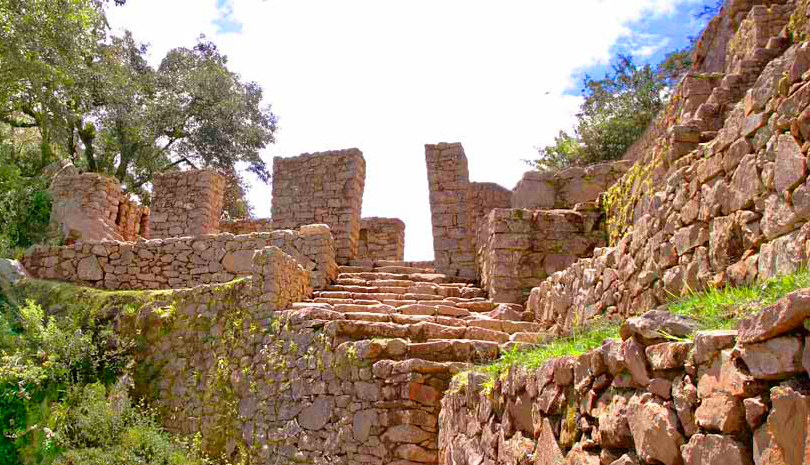
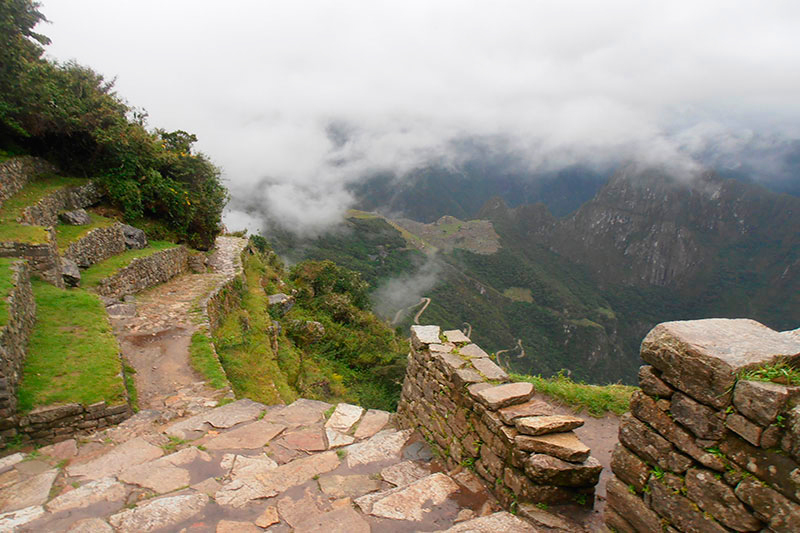
Where is the Sun Gate?
The Sun Gate is located at 2700 meters above sea level near the Machu Picchu sanctuary. In terms of distance the Sun Gate can be found around 1 hour away from Machu Picchu, up a steep stone path.
While on the Inca trail You will first get past the Winay Wayna ruins and then continue until you reach the Sun Gate, eventually you will be able to actually see the stunning Machu Picchu in the distance.
How to get to the Sun Gate?
The Inca Trail or any hike that finishes in Machu Picchu, gives the possibility of seeing the Sun Gate. It is the first point of view towards Machu Picchu if you do the classic 4-day Inca Trail. There are other treks that you see the Sun Gate, the 1-day Inca Trail, 2-day Inca Trail, 5-day Inca Trail, the Salkantay Trek and the Choquequiraro trek.
What is required to see the Sun Gate?
The only way to see the Sun Gate is to do a trek that passes through the Sun Gate on the way to Machu Picchu. There are many different treks that offer different routes and different time frames.
Weather at the Sun Gate?
Machu Picchu and the Sun Gate are located in the high Andes on the edge of the Amazon rainforest. The Andes has 2 seasons the Wet Season and the Dry Season. Both seasons have unique climate that is different from the other. The Wet Season normally is from October to April and the Dry Season is from May to September. Traditionally the dry season sees more tourists with clear skies and the wet season sees rain and fewer visitors.
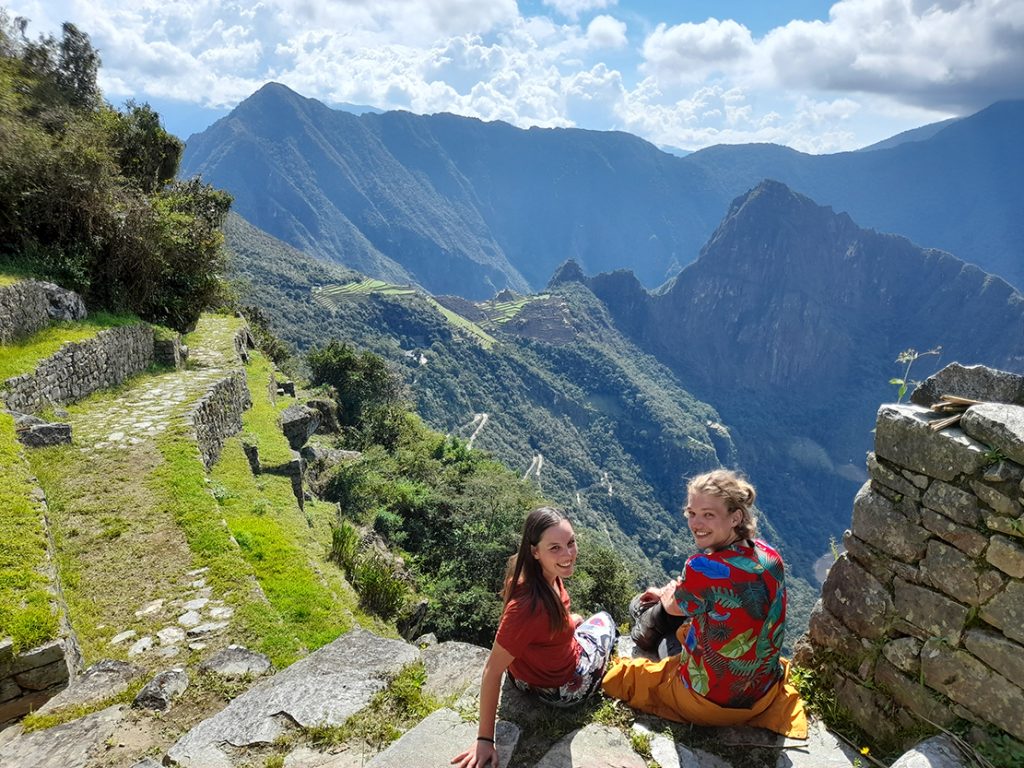
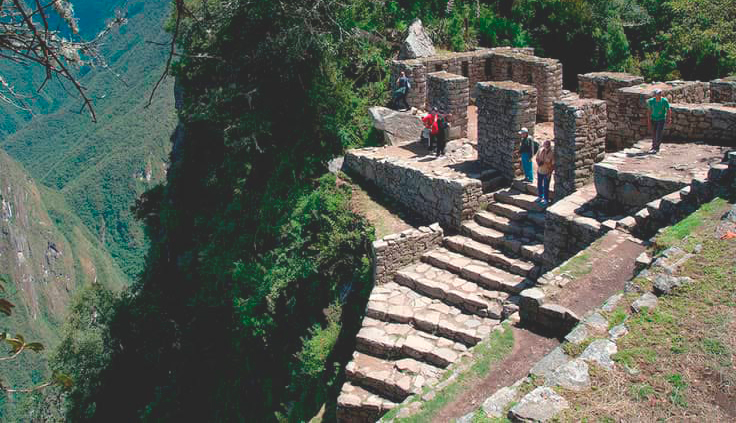
Fitness
To do any of the wonderful treks in the Peruvian Andes an acceptable physical level is required. Many times, the most difficult part of this route is the altitude, so it is advisable to be acclimatized. So, it is better to exercise caution and acclimatize before going on any trek to the site. To carry out the route it is advisable to be in good physical shape and already acclimatized. If in doubt, consult your doctor before leaving home for appropriate altitude medicine.
February at the Sun Gate
As the Inca Trail is closed for maintenance for the month of February, the Sun Gate is not accessible for this month. Machu Picchu however is still open and you can travel there by train. February is the height of the rainy season but is still a great time to visit the Inca Citadel.
What to know before your visit?
Altitude
Please note that the Sun Gate in Machu Picchu is at a higher altitude in contrast to the Inca citadel. It will be more than 2700 meters (300 meters higher than Machu Picchu). Adapting to the altitude should be one of the absolute priorities before visiting the Sun Gate in Machu Picchu. Many people suffer from altitude sickness when they arrive at the citadel because they have not acclimatized properly
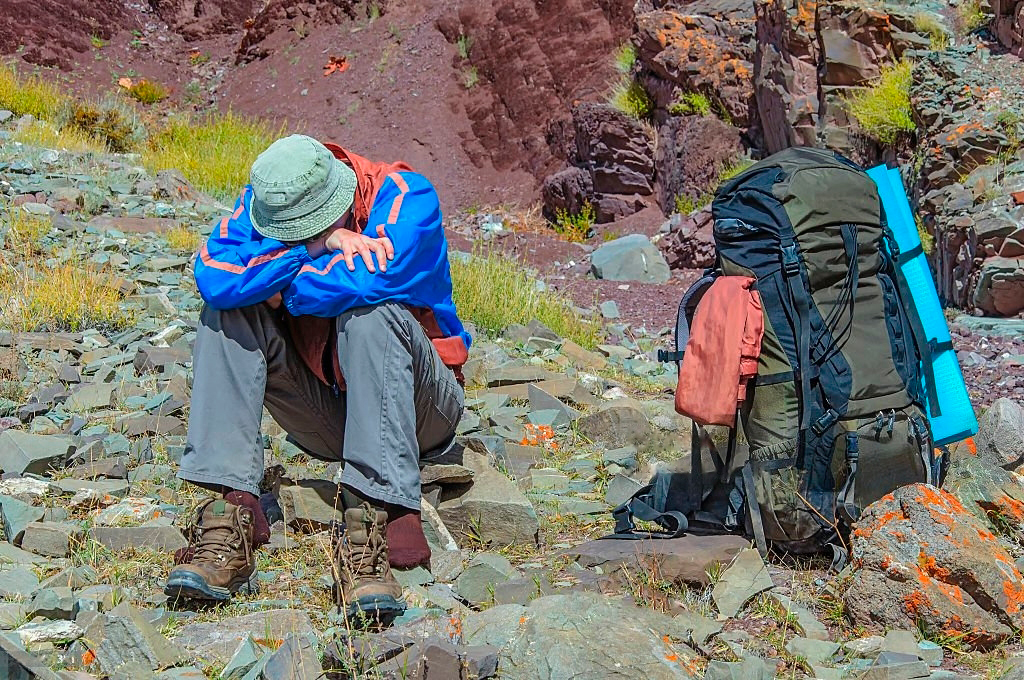
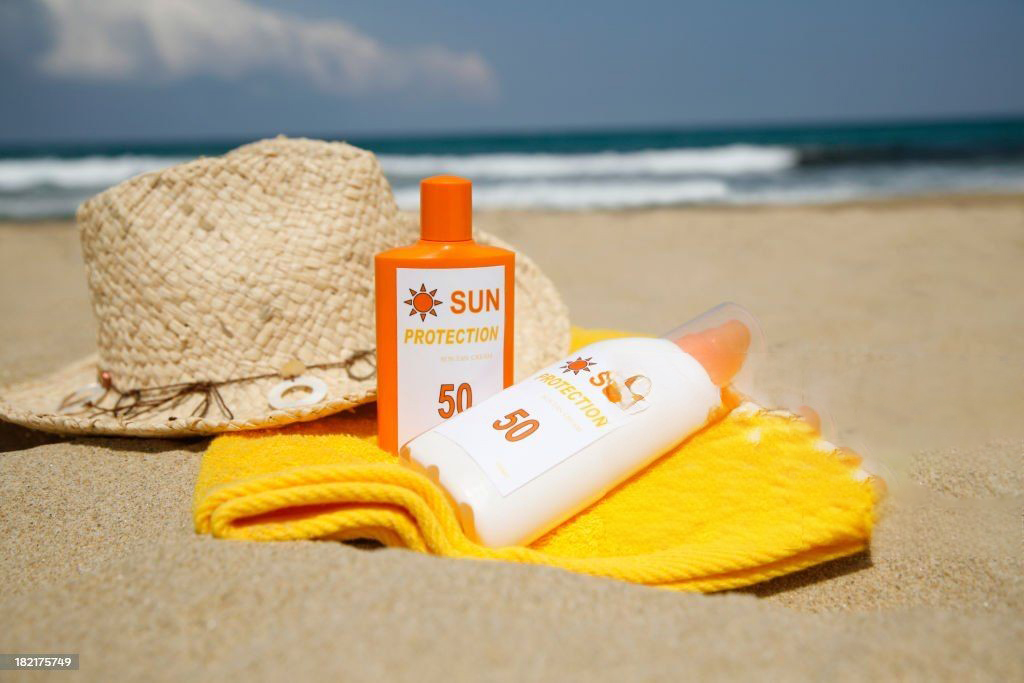
Protect yourself from the Sun
The chances of getting burned are higher when you are in the mountains. It is highly recommended to be prepared with sunscreen, a 50 spf or more will be very useful. Sunglasses and a hat are also a good idea. And depending on the season, it is also common to see mosquitoes. So long sleeves, long pants and repellant are essential.
Go at your own pace
Whether you are within a group or private tour, we recommend going at your own pace. There is no reason to walk fast since there is plenty of time to enjoy the Sun Gate and Machu Picchu. The altitude can make you tire faster than usual. If necessary, you can take short pauses to catch your breath. Remember to enjoy the landscapes and take all photos necessary. Go at your own pace.
Prepare before you leave home
To make sure you enjoy the hike, you can practice at home. This way it won’t be challenging at all when it comes to experiencing the Sun Gate. You can try hiking uphill and building a bit of resistance in your legs. Try different full-day routes near your home and build stamina.
Stay Hydrated
It is possibly one of the most important tips if you are planning to travel to Machu Picchu and the Sun Gate. Make sure to drink plenty of water on your trek to the Sun Gate. Some factors like the sun, altitude, and exercise can quickly dehydrate you. You should carry your water in a reusable bottle. Remember that there is no toilet inside Machu Picchu so go before you enter.
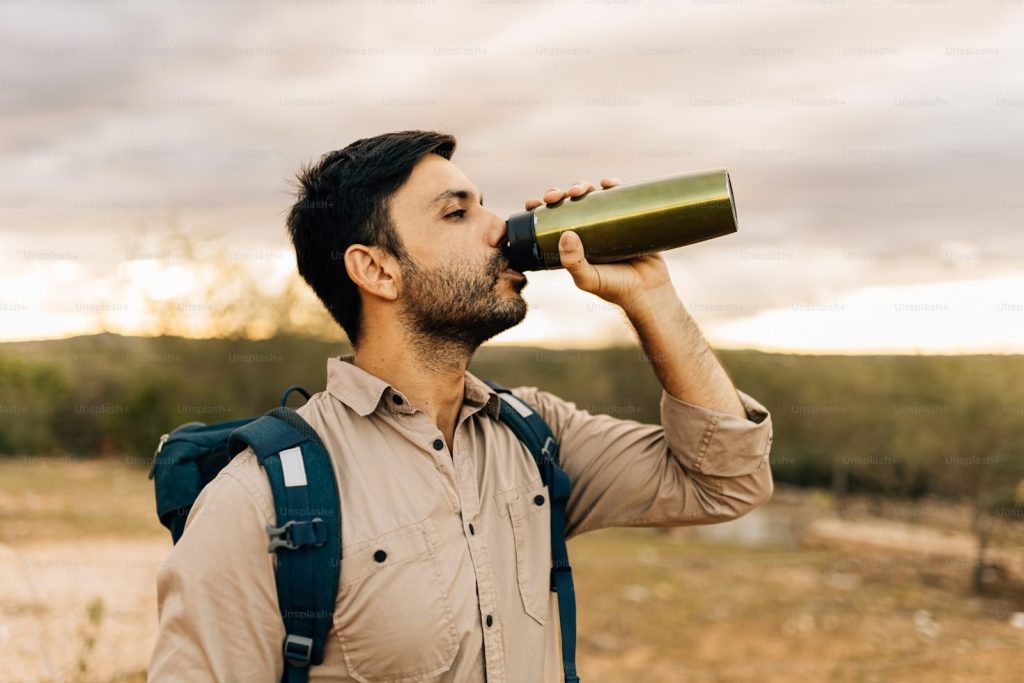
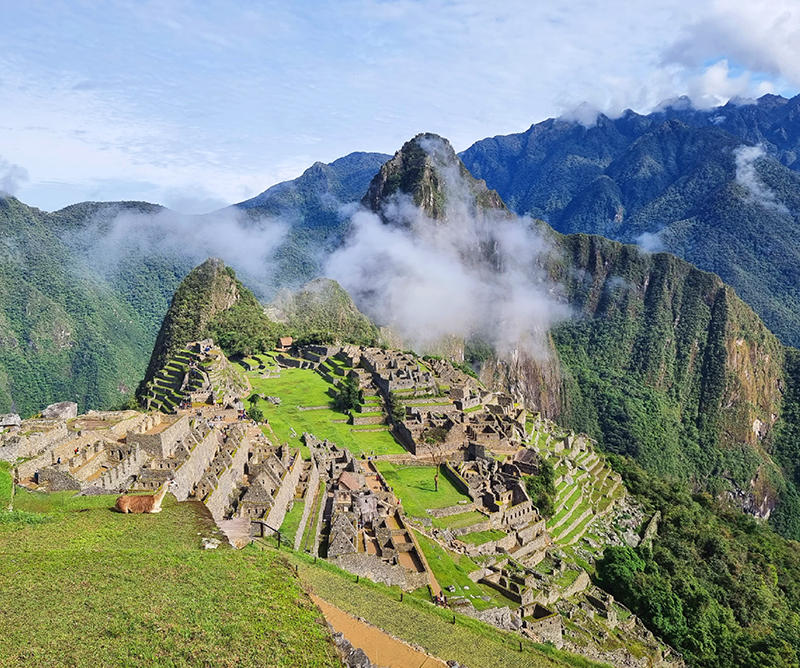
Machu Picchu
After you arrive at the Sun Gate, no doubt you will walk down to the Inca city of Machu Picchu. A guided tour of the site is the best way to learn about the history of Machu Picchu. See all the different sections of the citadel and spend time enjoying Machu Picchu alone. Today the government of Peru has new regulations and this consists of different circuits, to ease the traffic at the Citadel. Taking the tour to Machu Picchu after a trek you will normally do Circuit 3, if you are interested in Circuits 1 or 2 as these encompass the most interesting points of the ruin, you will need to buy an extra ticket.
Bird Watching
Hiking from the Sun Gate, you will have to chance to spot some of the bird species that inhabit Machu Picchu National Park. You can see species such as the Cock of the Rock, the Andean turkey, the Tile Tanager, the Chestnut-Breasted Hummingbird and the Mountain Watchmaker among others.
Flora
Some of the flora that you see on your trek to the Sun Gate include the Q’ente, also known as “sensu”, is a shrub that grows in the high parts of the Peruvian Andes. The Sisa, is an herbaceous plant that grows in the high areas of the Peruvian Andes. The Cantuta, is a flower that has become a national symbol of Peru. Queñua, is a tree that is found in the high areas of the Peruvian Andes.
Today there many new regulations to enter Machu Picchu and the Inca Trail which includes the Sun Gate. Any tour to Peru should include the Sun Gate and Machu Picchu so book your tour in advance to avoid disappointment.
Huayna Picchu
From the Sun Gate you will also see Huayna Picchu. Located in the front of Machu Picchu, many wish to climb up to Huayna Picchu for the interesting temple located on top of the mountain and the fantastic views of Machu Picchu.
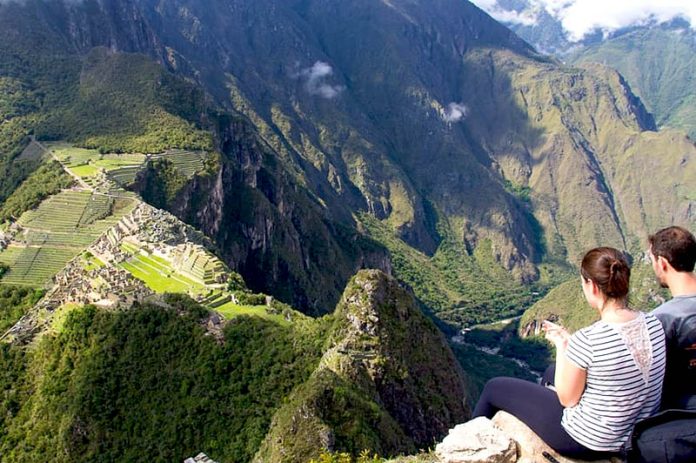
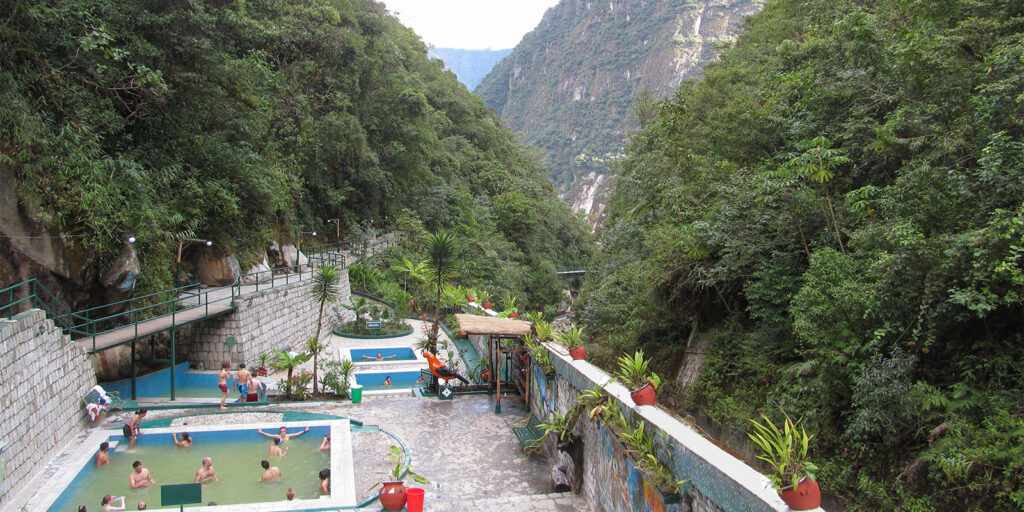
Aguas Calientes
The town is where the train arrives and leaves to Cusco. But spending a few hours will not be a waste of time. The town is charming with markets, restaurants and hotels. The raging Vilcanota river passes through the center of town and you can pass some time at the hot springs.

